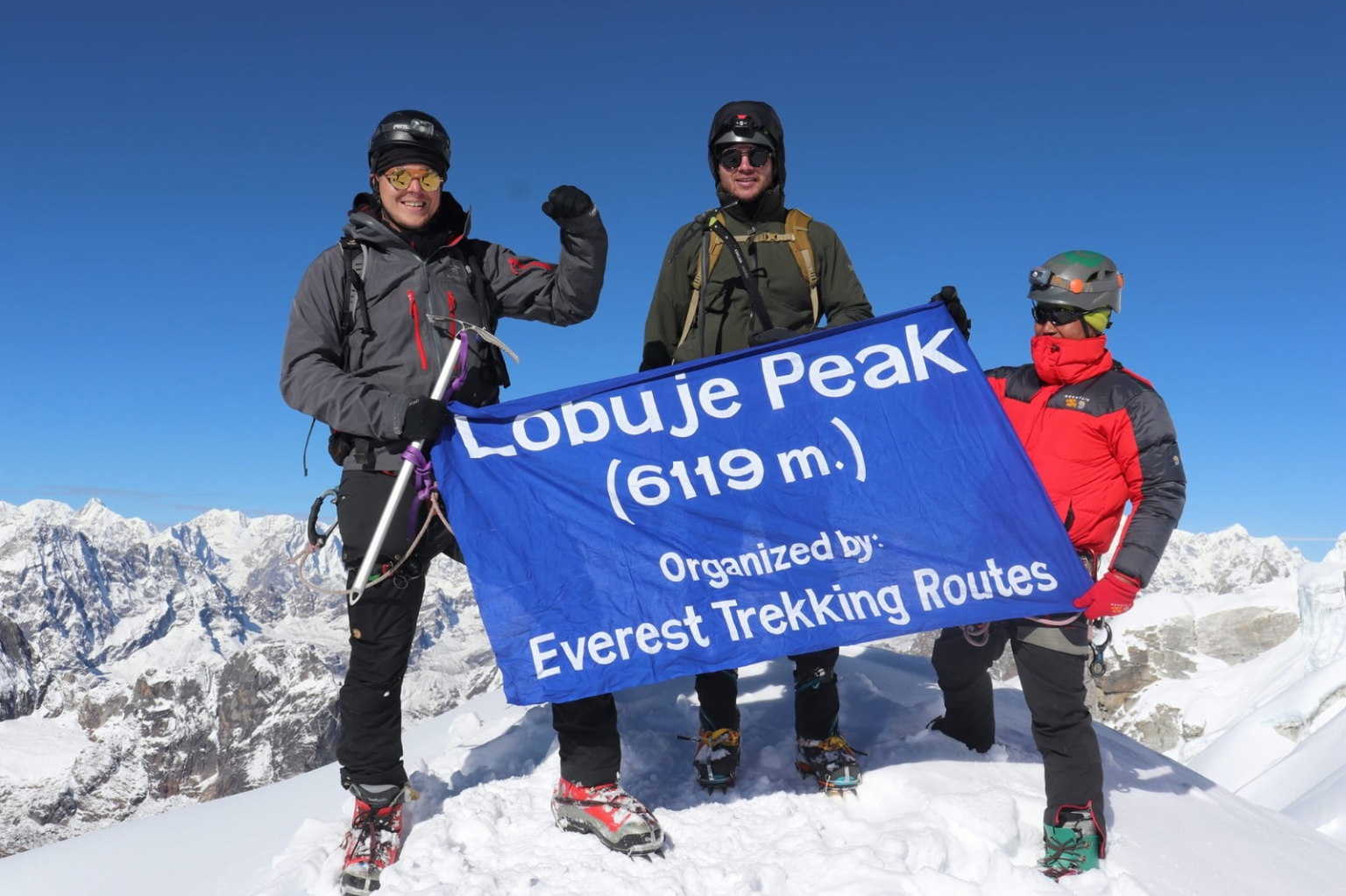The majestic landscapes of Nepal are home to more than just Everest. Nestled within the country’s legendary Himalayan belt lie a trio of trekking peaks that offer thrilling experiences for adventurers aiming to summit above 6,000 meters. Mera Peak, Island Peak, and Lobuche Peak each provide a unique climbing journey—from vast panoramas to technical ice ascents—and stand as perfect introductions to the world of alpine mountaineering.
These peaks are popular not only for their beauty but also for being attainable objectives for fit trekkers and aspiring climbers. Let’s explore what makes each of these iconic peaks so distinct, and why they continue to attract mountaineers from all corners of the world.
Mera Peak: Nepal’s Loftiest Trekking Summit
Rising to an impressive height of 6,476 meters, Mera Peak is Nepal’s highest permitted trekking peak. Despite its altitude, it is considered one of the more straightforward climbs for those with basic mountaineering skills, making it a prime choice for trekkers aiming to push beyond 6,000 meters.
A Journey Through the Hinku Valley
The approach to Mera Peak takes climbers off the beaten track through the remote and tranquil Hinku Valley. Unlike the crowded Everest trails, this region is rich in raw natural beauty—dense rhododendron forests, pristine rivers, and traditional Sherpa settlements offer a peaceful and immersive Himalayan experience.
The ascent begins from Khare, the final village before reaching Mera High Camp. Climbers typically camp at around 5,800 meters, just below the Mera La. Summit day is long and demanding but technically non-complex. The route involves a gradual glacier walk with a steady incline—no vertical climbs, but the high altitude and thin air require strong physical endurance.
Summit Views Like No Other
What truly sets Mera apart is the incredible 360-degree panorama from the summit, which includes five of the world’s 8000-meter peaks: Everest, Lhotse, Makalu, Cho Oyu, and Kanchenjunga. It is arguably one of the finest views in the entire Himalayas.
Who Should Climb Mera?
- Trekkers looking for high-altitude adventure
- Those who prefer less technical climbs
- Climbers aiming to acclimatize for future big mountains
Island Peak: The Gateway to Technical Alpine Climbing
Known locally as Imja Tse, Island Peak stands tall at 6,189 meters in the heart of the Everest region. This mountain is often selected by those looking to gain experience with ropes, ice axes, and crampons—making it a staple in guided mountaineering programs.
Why Is It Called Island Peak?
The name “Island Peak” was given by early British explorers because the peak appears like an island rising from the vast sea of ice surrounding the Imja Valley. Its dramatic setting near the Lhotse South Face and Ama Dablam adds to its visual appeal.
Climbing Island Peak
The trail to Island Peak branches off from the traditional Everest Base Camp trek, passing through villages like Dingboche and Chhukung. The base camp lies at around 5,100 meters, with some teams opting to set a high camp at 5,500 meters to make the summit push shorter.
The climb begins with a rocky scramble to reach the glacier, followed by a crevasse-riddled ice section. A steep snow headwall (around 45-60 degrees) is climbed using fixed ropes and ascenders. The final ridge to the summit is narrow and exposed, offering adrenaline and exceptional views.
Ideal Candidates for Island Peak
- Trekkers ready to take on their first technical climb
- Adventurers who want to combine the EBC trek with mountaineering
- Climbers seeking hands-on experience with rope systems and glacier travel
Lobuche Peak: A Mixed Climbing Adventure
Lobuche East Peak, standing at 6,119 meters, is located just west of the Khumbu Glacier and close to Lobuche village. Of the three, Lobuche Peak presents the most technically varied route, combining rock, snow, and ice. This makes it an excellent choice for climbers who have already completed a basic Himalayan ascent and are looking for a slightly more demanding challenge.
An Alpine Experience with Everest Views
The trail to Lobuche follows the Everest Base Camp route through Namche Bazaar, Tengboche, and Gorakshep. After acclimatizing, climbers diverge toward Lobuche High Camp, typically established at about 5,400 meters. From there, the summit climb includes rock scrambling, glacier walking, and fixed rope use on icy slopes.
The summit ridge is breathtaking—sharp, exposed, and overlooking the entire Everest-Lhotse-Nuptse massif. Many climbers rate Lobuche as offering the most dramatic views among the three peaks.
Who Should Attempt Lobuche?
- Climbers with some mountaineering experience
- Adventurers seeking more mixed terrain
- Those wanting a technical challenge near the Everest region
Each of these peaks offers something unique. Mera Peak is best for high altitude endurance. Island Peak introduces technical skills in a controlled environment. Lobuche Peak blends everything—rock, snow, and ice—into one compelling climb.
Essential Tips for All Three Peaks
- Train well in advance. Cardiovascular endurance, leg strength, and stamina are key.
- Acclimatize properly. These climbs go above 6,000 meters—rushing leads to altitude illness.
- Use certified guides. A licensed guide ensures safety, route management, and emergency support.
- Pack quality gear. Warm down clothing, crampon-compatible boots, glacier glasses, and harnesses are mandatory.
- Be flexible. Weather in the Himalayas can be unpredictable. Extra buffer days are recommended.
Conclusion
Mera Peak, Island Peak, and Lobuche Peak are more than just mountains—they’re stepping stones to higher goals, gateways to adventure, and unforgettable experiences in the world’s greatest mountain range. Whether you seek high-altitude endurance, your first technical summit, or a challenging mix of ice and rock, Nepal’s most famous trekking peaks await.
Each climb represents a journey of personal growth, physical challenge, and deep connection with the raw beauty of the Himalayas. For climbers around the globe, these peaks remain the gold standard for introductory and intermediate mountaineering in the shadow of Everest.
Contact Details
———————
Company address: Everest Trekking Routes Pvt. Ltd.
16 Khumbu, Nayabazaar, Kathmandu, Nepal
Mobile : +977-9843467921 (Rabin)
Email: [email protected]
URL:- www.everesttrekkingroutes.com


